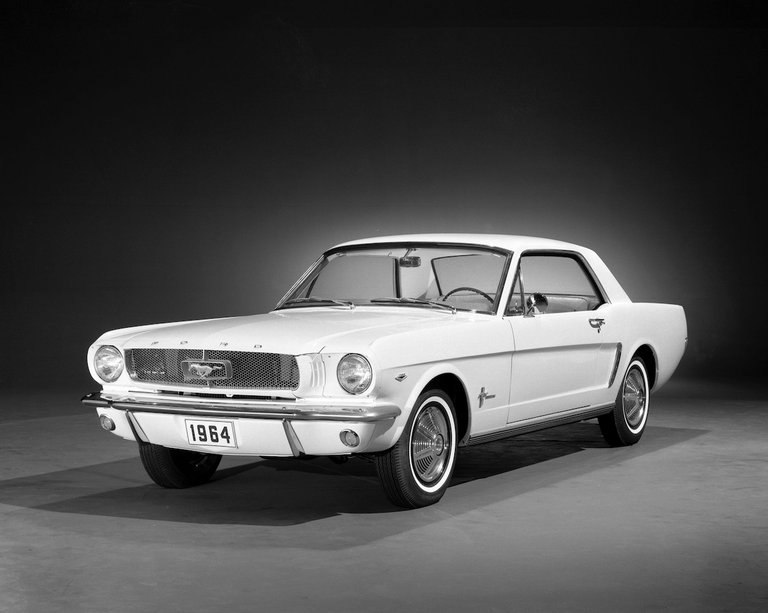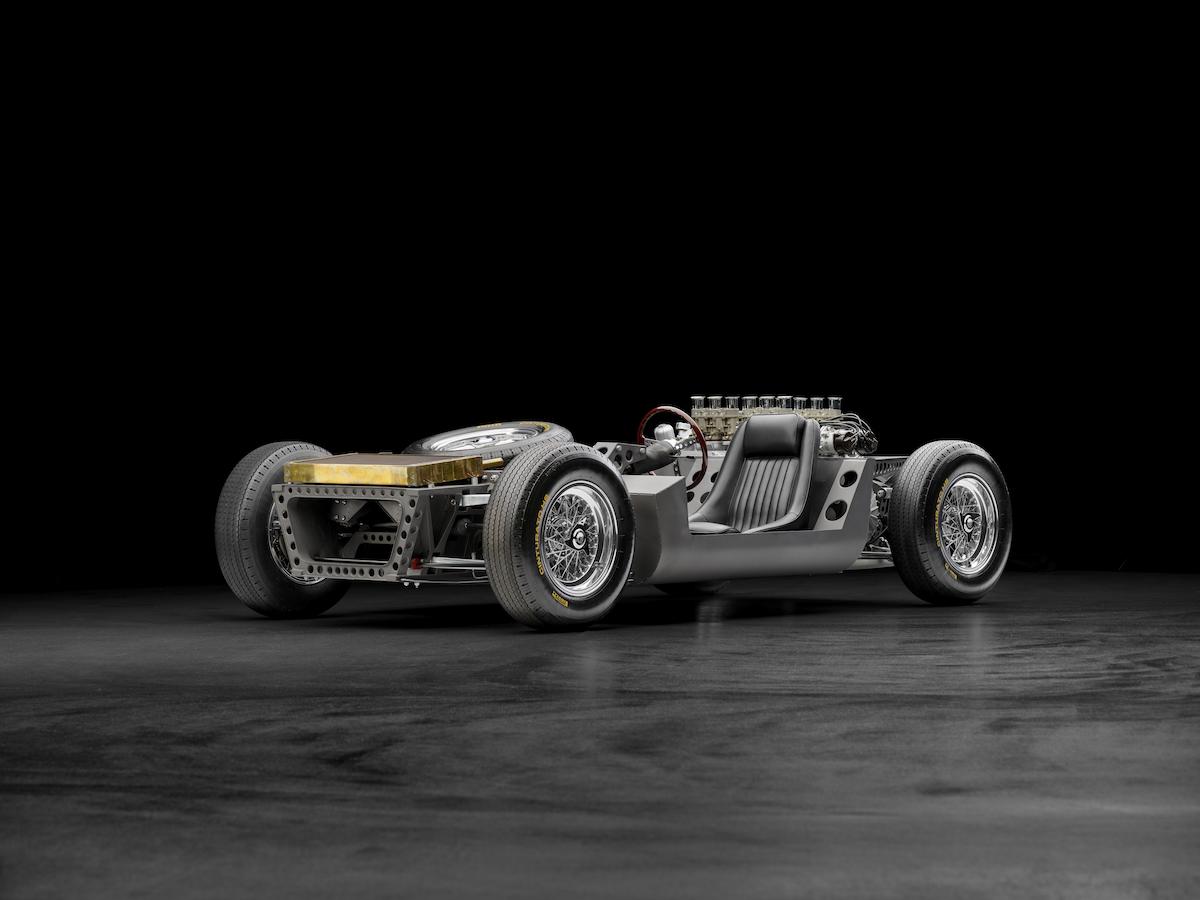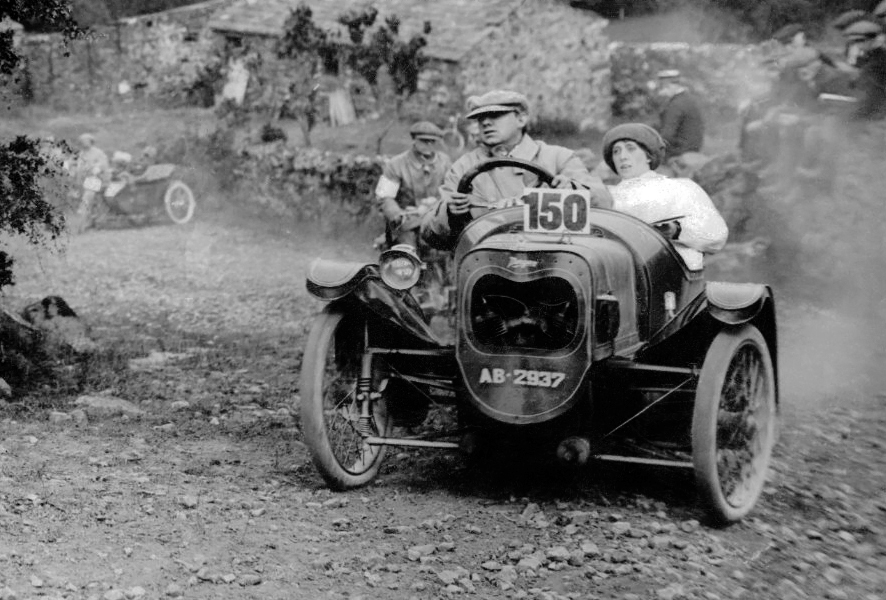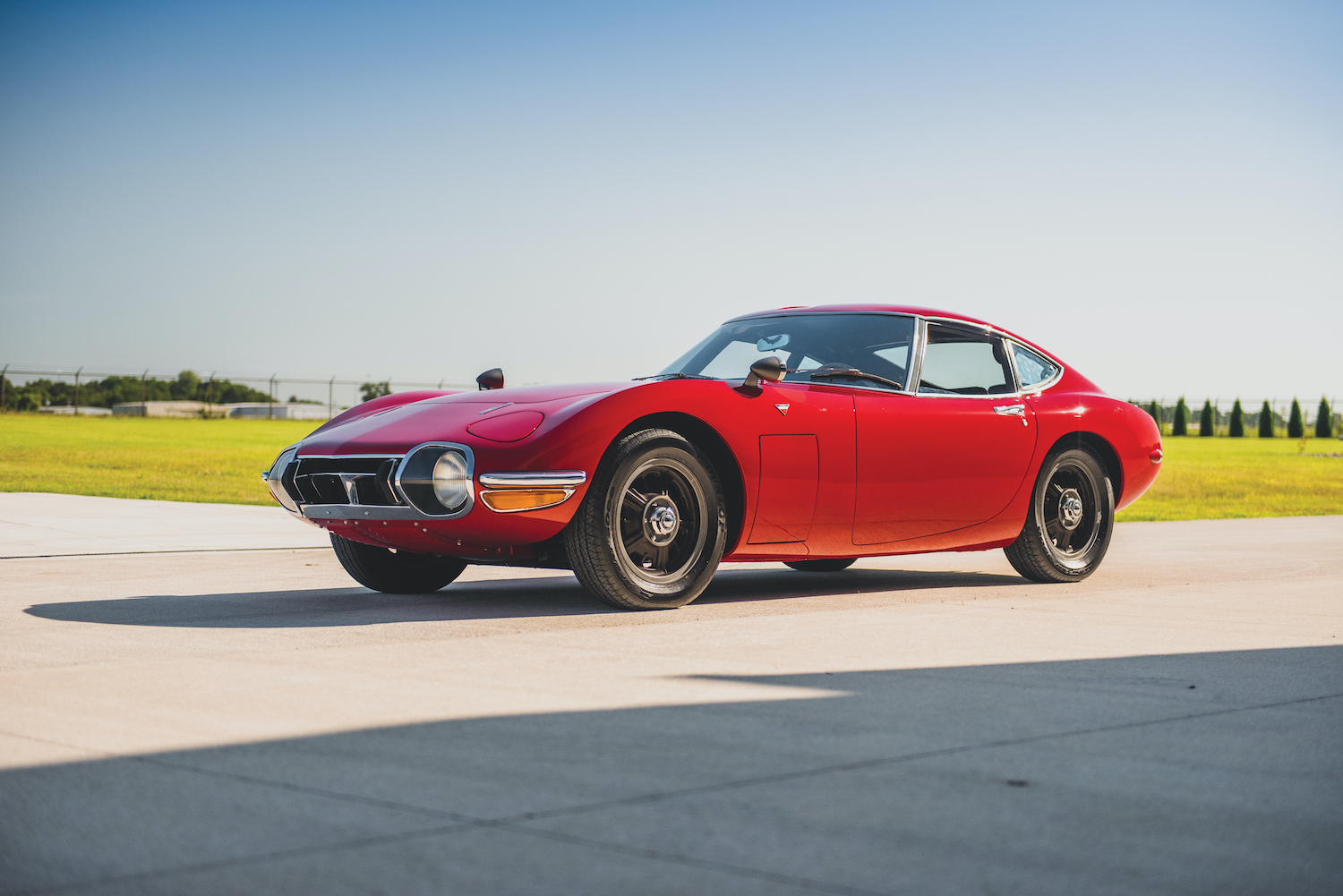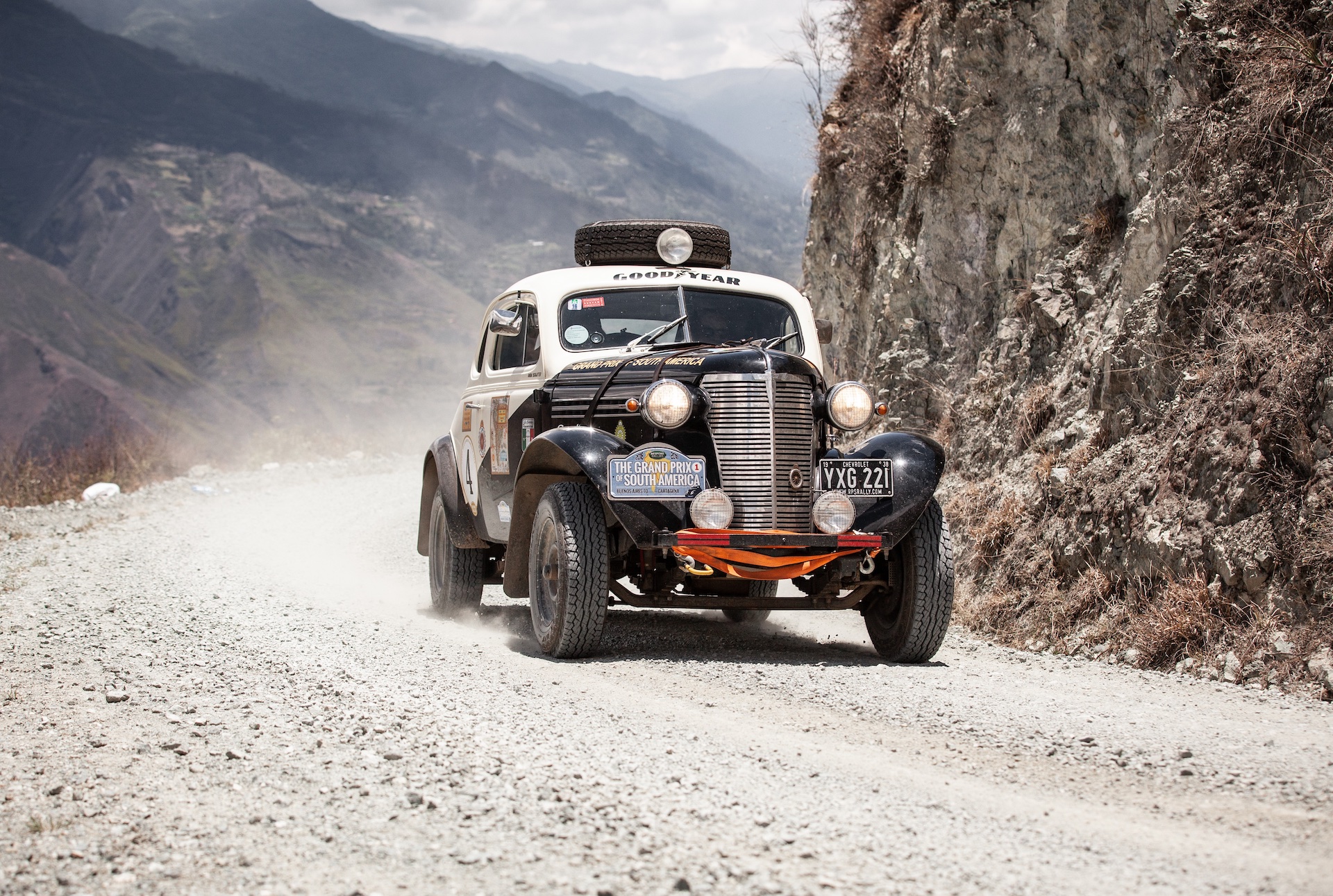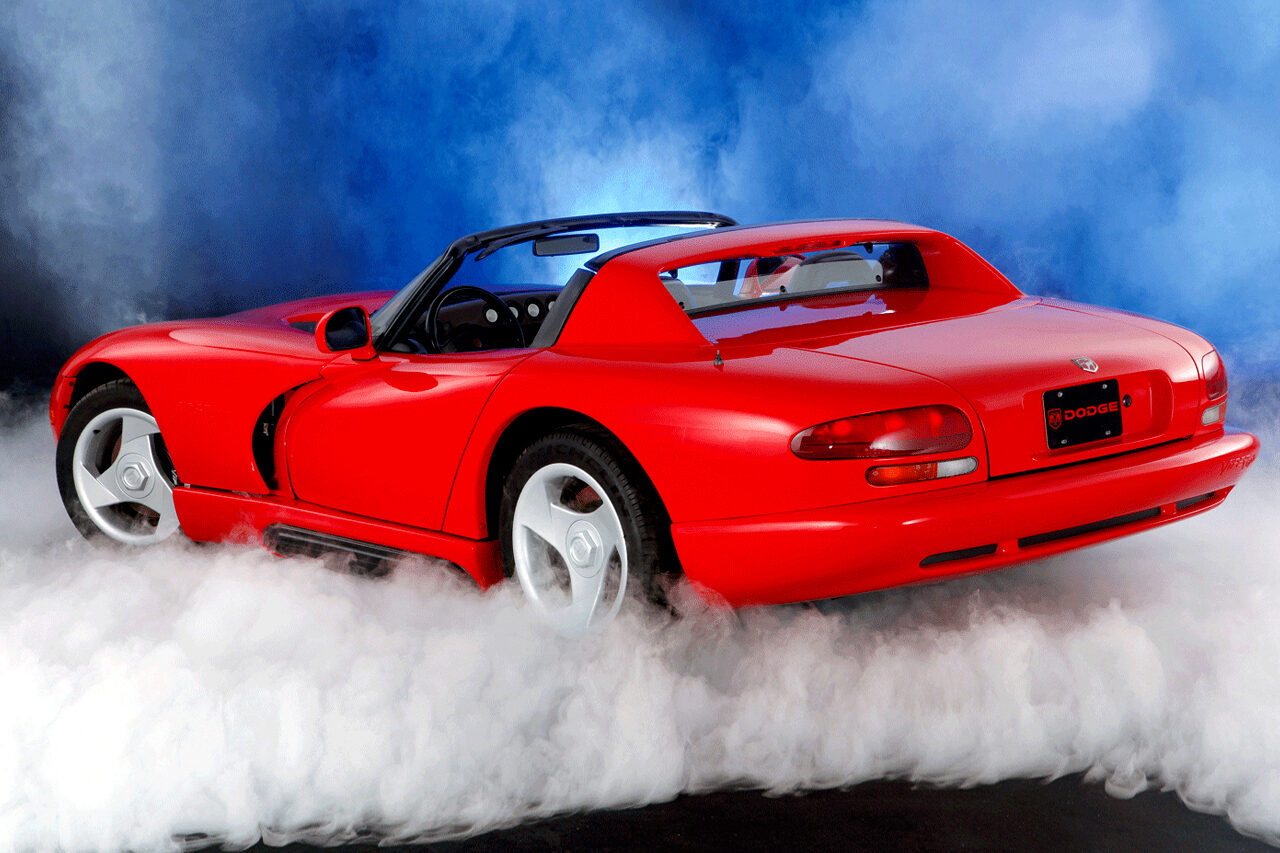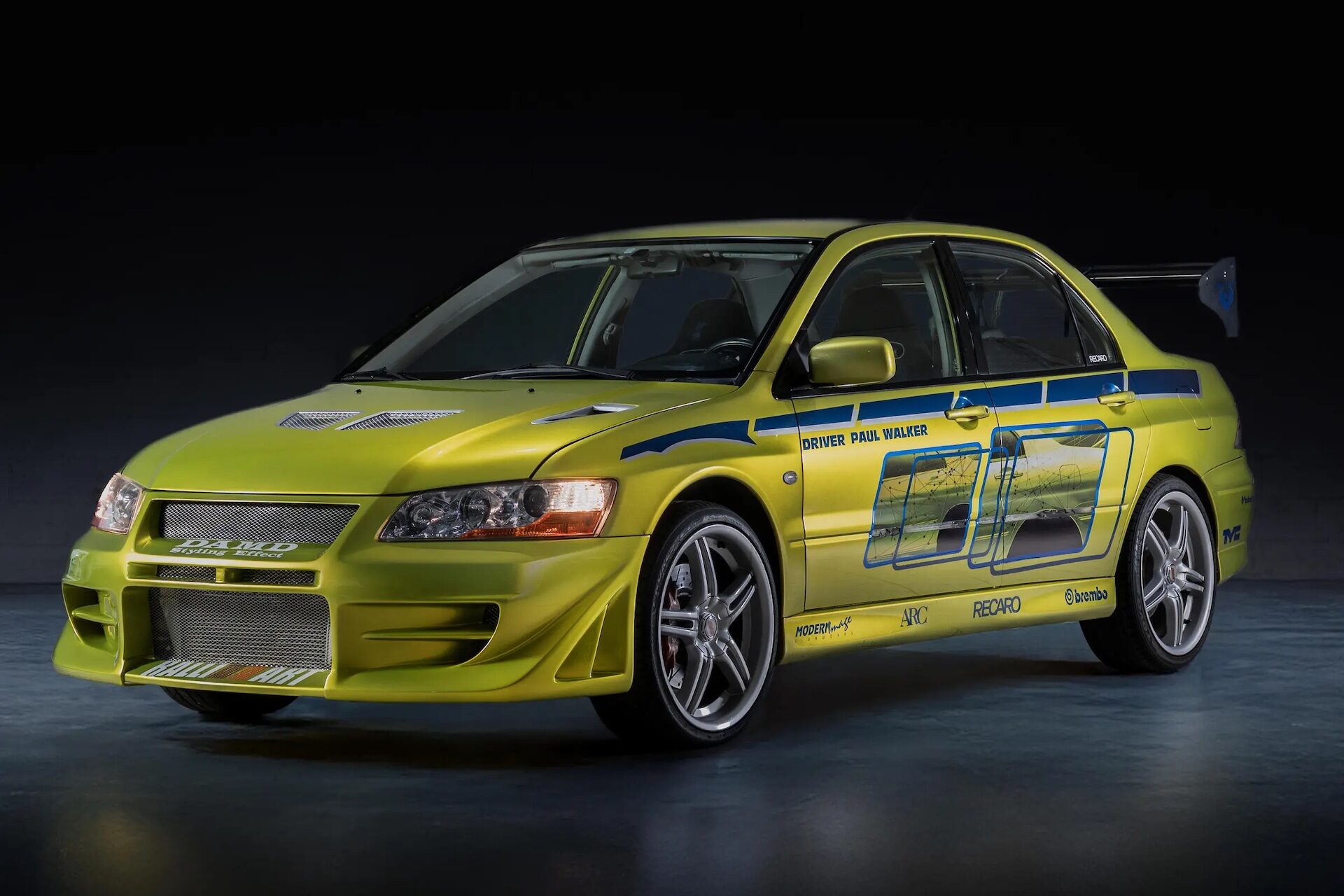With its first ‘pony car’, Ford had the framework for a vehicle that would appeal to young, educated, and style-seeking but cost-conscious buyers (Image: Ford Motor Company)
Demure enough for church-going, racy enough for the dragstrip, and modish enough for the country club, the original Ford Mustang was designed to appeal to young, educated, style-seeking but cost-conscious buyers. Clearly, it nailed the brief.
Legendary Motown mover Lee Iacocca quipped in his 1984 autobiography: “So many people have claimed to be the father of the Mustang that I wouldn’t want to be seen in public with the mother.” While we’re not up with the woke rulebook on slut-shaming cars, Iacocca had succinctly described how everyone wanted to claim credit for the affordable, sporty two-door that became a proper automotive icon.
In the late-1950s and early-60s, Iacocca’s employer Ford identified “a market looking for a car”. An ever-increasing number of baby-boomers were attaining college degrees, putting them in a demographic that accounted for 46 per cent of new car purchases in 1962.
The two-car family was also in full swing, with that demographic rocketing from one million families in 1959 to 13 million in 1963. A prime player in this was Ford’s new, compact-class Falcon, launched in 1960; its wieldy platform, drivetrain choices and volume production economies would underpin the stylish, sporty offshoot that Iacocca first envisioned in 1961.
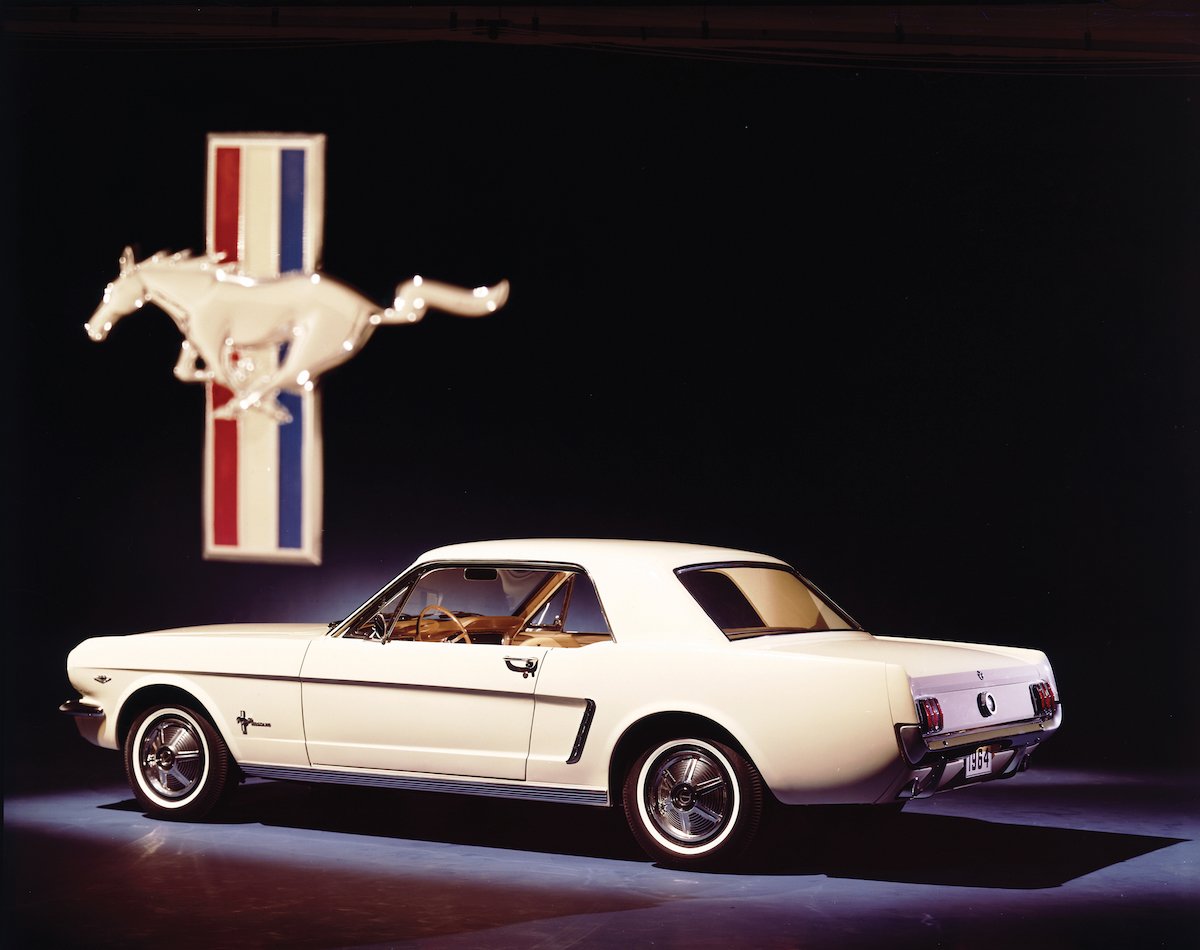
The first Mustang’s design was the result of an internal competition between the Ford, Lincoln-Mercury and Corporate Projects design teams, with the Ford Studio winning out (Image: Ford Motor Company)
Thus, Ford had the framework for a car that would appeal to young, educated, style-seeking but cost-conscious buyers, male and female. A wild and unlikely mid-engined two-seater concept car named Mustang 1 (after the P-51 Mustang fighter plane), took off on a tour of motor shows and US colleges in 1962.
The following year, Ford gave three of its internal styling studios (Ford, Lincoln-Mercury and Corporate Projects) just two weeks to each produce clay models for a production Mustang on the Falcon platform. The Ford Studio’s design emerged as the clear favourite, earning praise internally as being “demure enough for church-going, racy enough for the dragstrip, modish enough for the country club”.
The production Mustang’s April 1964 launch at the New York World’s Fair is the stuff of industry fable, heralded by blanket television advertising the previous night. More than four million people visited Ford showrooms on the first weekend, placing more than 22,000 orders. Ford’s projected 100,000 annual sales target was surpassed in less than four months.
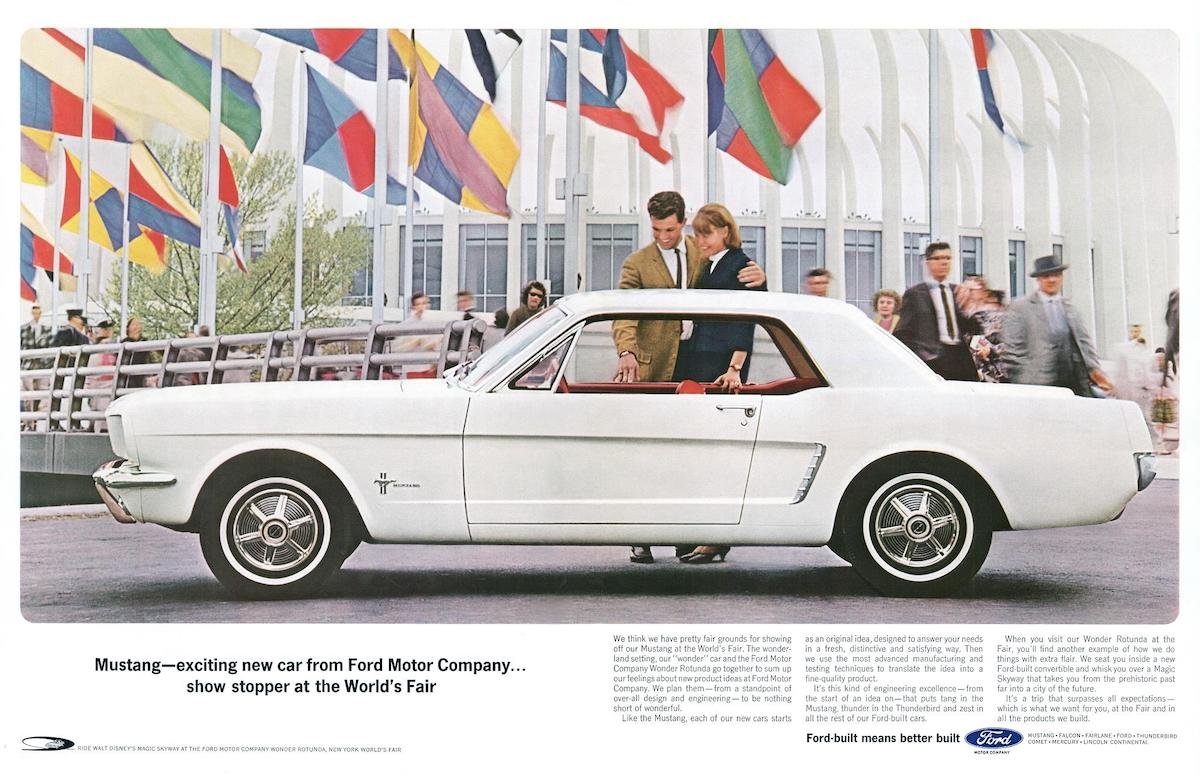
The production Mustang’s highly successful launch at the New York World’s Fair is the stuff of industry fable (Image: Ford Motor Company)
The first 120,000-odd production cars, later dubbed 1964½ models, were available only in coupe and convertible, with the choice of 2.8-litre six-cylinder, 4.3-litre V8, or 4.7-litre (289ci) V8, the latter in two states of tune. After August 1964, the ‘1965’ model year brought enlarged base six-cylinder and V8 donks and a handsome fastback body option.
Ford advertised the Mustang as “the car to be designed by you”, pointing to a customer’s ability to specify anything from a skinny-tyred six-cylinder to a luxed-up convertible cruiser to (for 1965) a genuinely racy Shelby GT350 Fastback.
In terms of chassis, suspension and running gear, the first-gen Mustangs varied almost not at all from the 1964-65 Falcons (US versions of which, unlike those built in Australia, were also available with V8s).
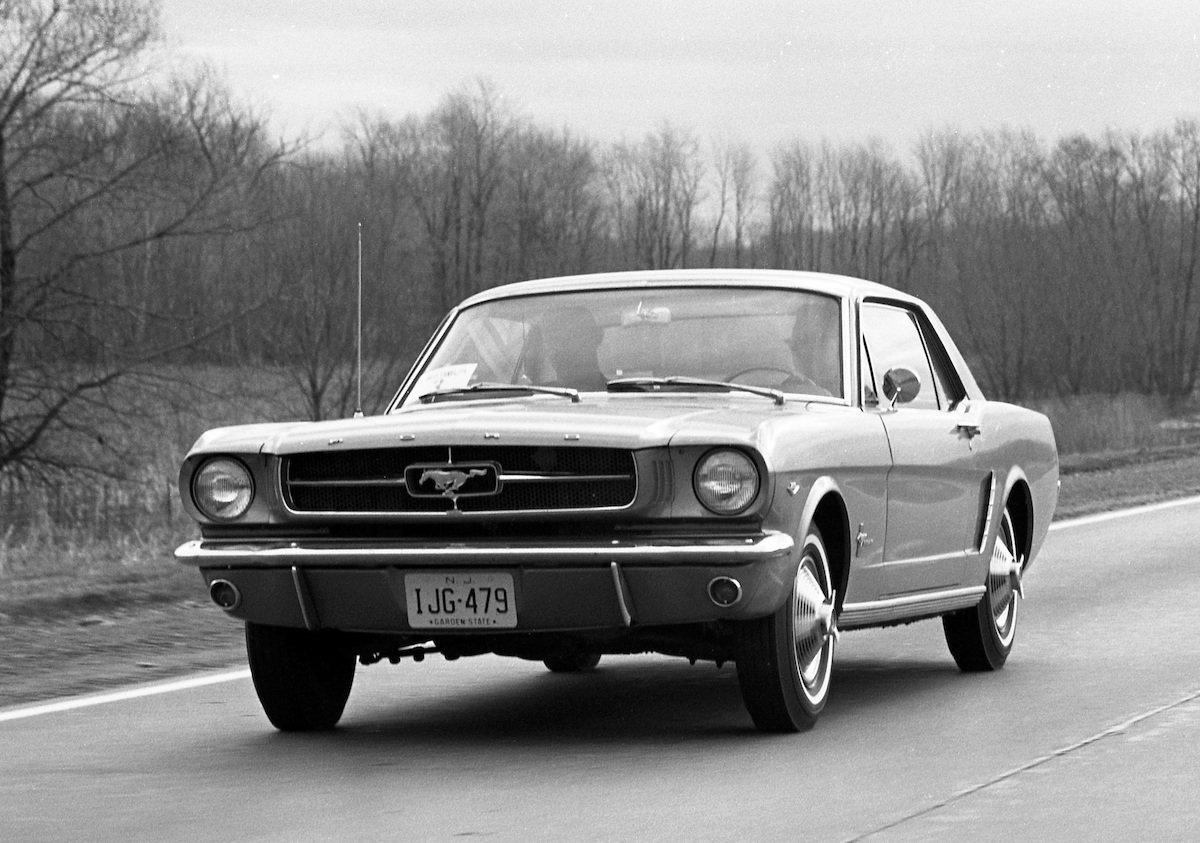
First-gen Mustangs were almost identical to the US market 1964-65 Falcon in terms of chassis, suspension and running gear (Image: Ford Motor Company)
The 1965 model year raised the ‘Thriftpower’ six-cylinder’s capacity to 3.3 litres, the base V8 was dropped, and the 4.7-litre V8 offered with either two-barrel carb (145kW/386Nm) or ‘K-code’ with 10.5:1 compression, hotter cam and solid lifters, a four-barrel Autolite carb and trick exhaust manifolds, all adding up to 202kW/423Nm.
The standard Mustang interior boasted full carpeting, front buckets or optional bench seat and a floor shifter (whether manual or T-bar auto). The 1965 ‘pony interior’ option stepped up with running horse motifs, pistol-grip interior handles, woodgrain steering wheel and full instrumentation.
Not even Iacocca’s vision had taken in the breadth of the Mustang’s appeal. Across the 1964-66 model years, 41 per cent of Mustang buyers were female, and 35 per cent were single people, versus the Ford-wide average of nine per cent. Sales of V8s outnumbered six-cylinders by two to one.
Almost 560,000 of the 1965 models were built, followed by 608,000 of the minimally tweaked 1966 cars. The Mustang had bolted.
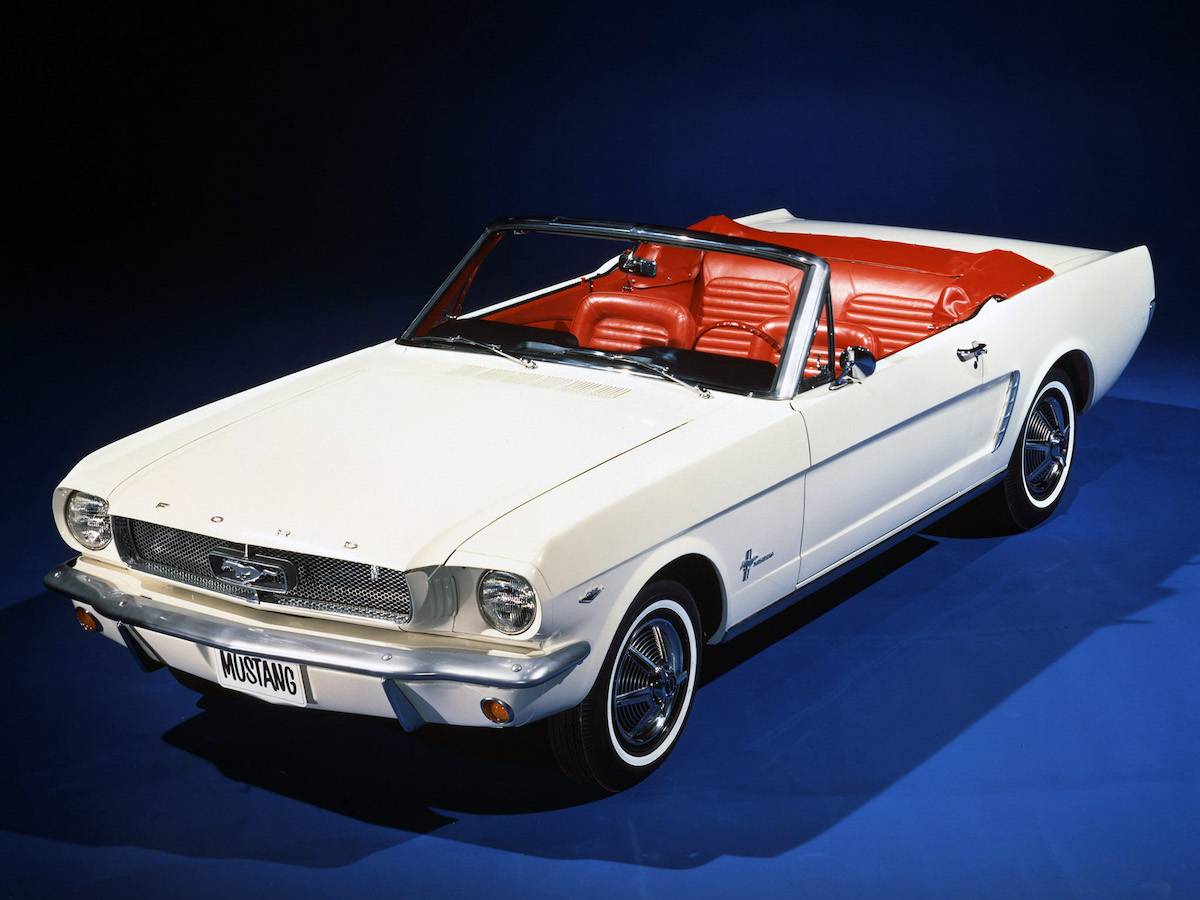
The first 1964½ models were available only in coupe and convertible body styles, while the ‘1965’ model year, introduced in August 1964, introduced a handsome fastback option (Image: Ford Motor Company)

